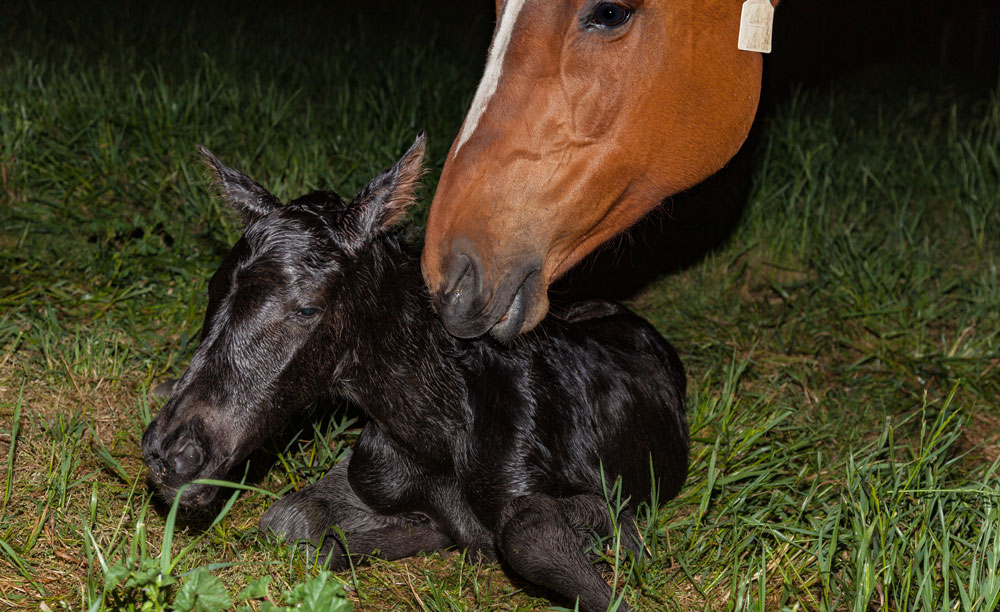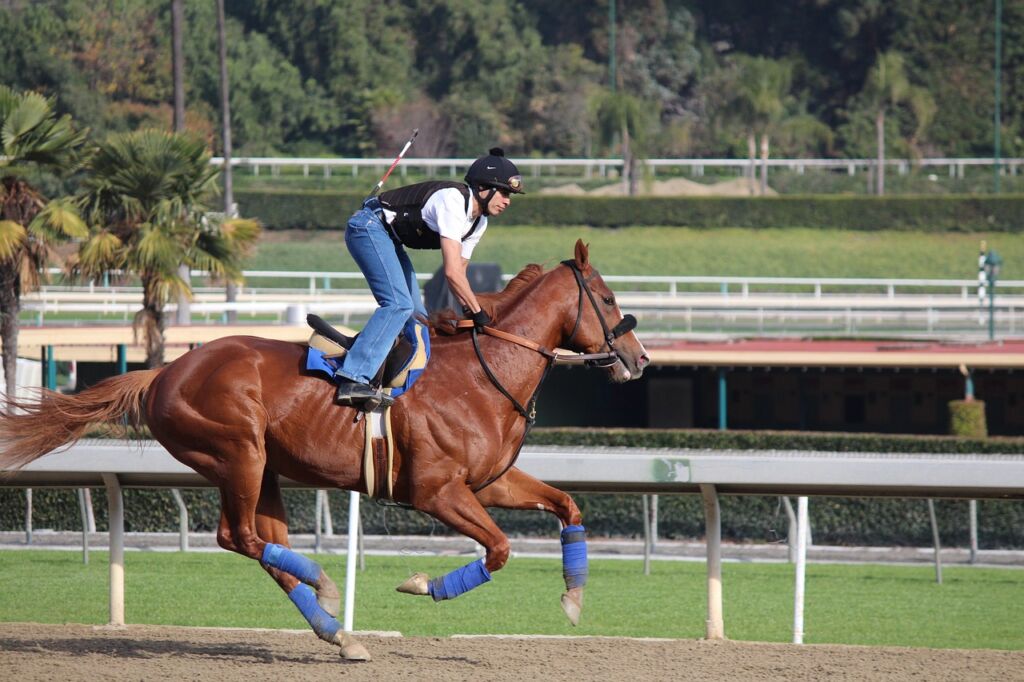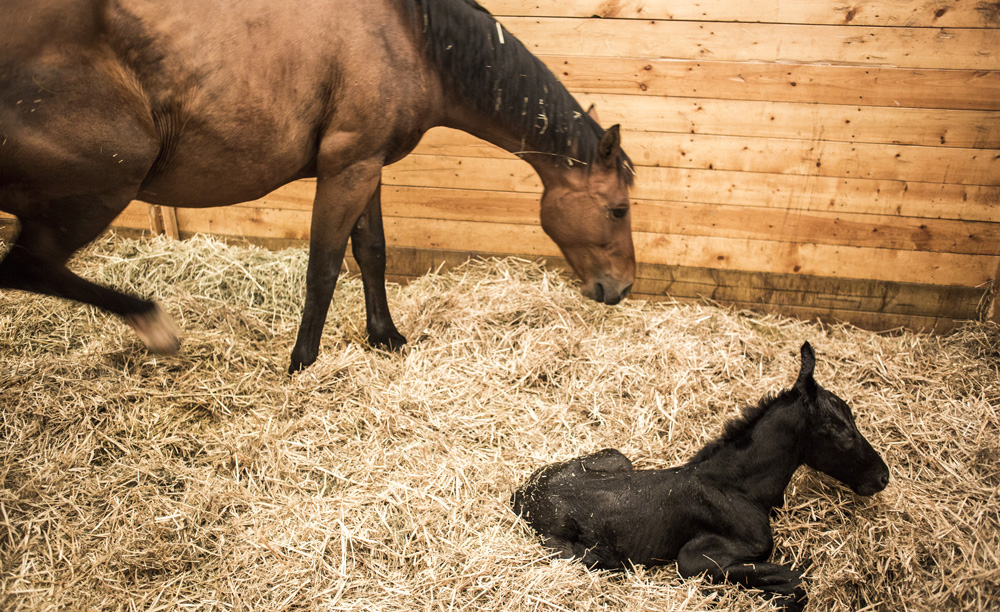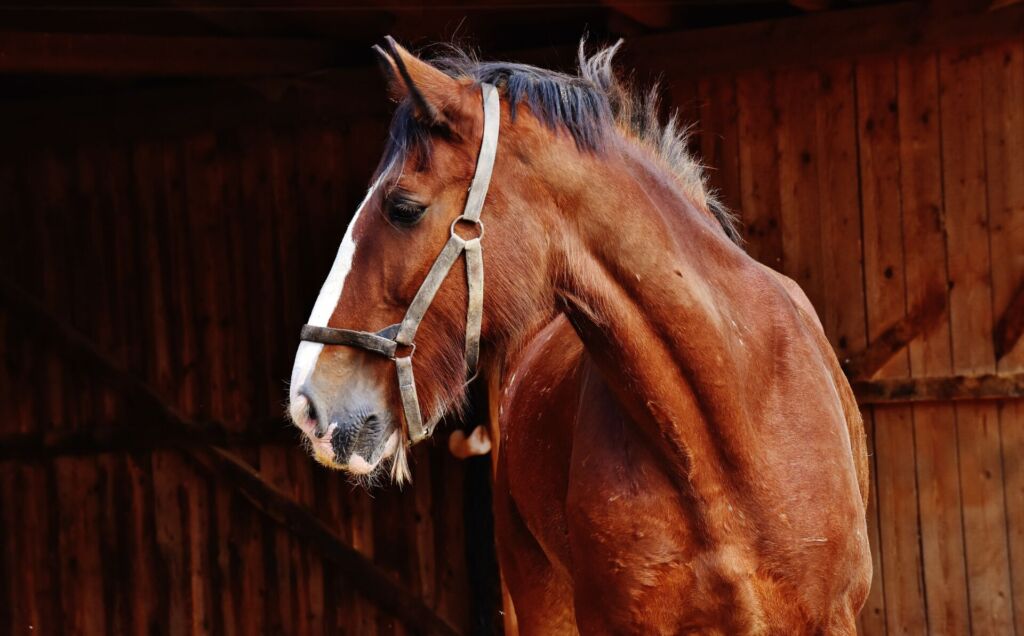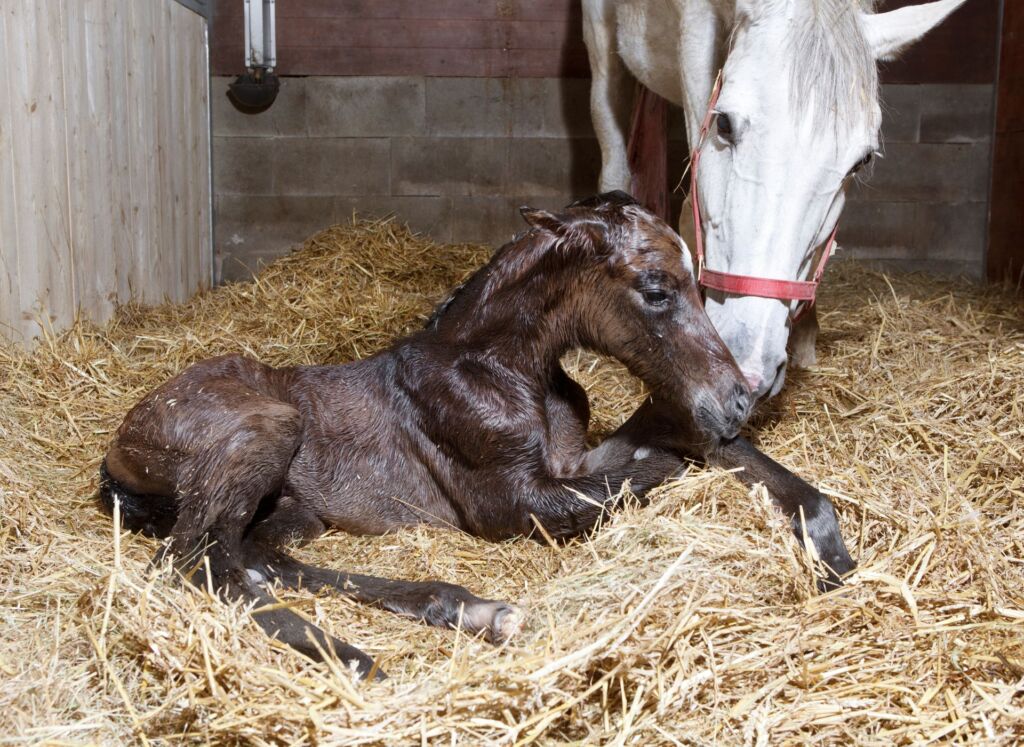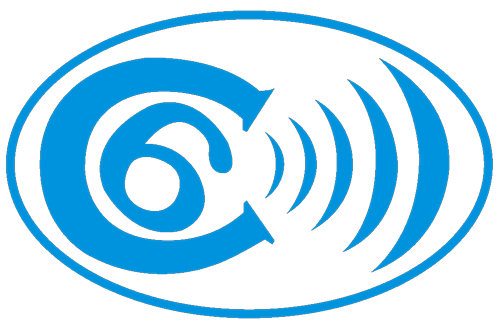Equine birth can be divided into three main phases, with different timing and mechanisms. In this article we will indicate what they foresee and the duration of each of them. Especially at the beginning of their activity, breeders may find themselves in difficulty. This is normal and happens to everyone. However, with the right awareness, everything will be fine and it will be possible to safeguard the health of the mare and foal.
The first stage of childbirth, lasting 1-4 hours
The initial part of the mare’s birth involves the principle of uterine contractions, combined with the first losses of oxytocin and increased production of prostaglandins. These natural “mechanisms” allow the baby to position itself correctly, i.e. on its stomach with its head and limbs stretched out. It is precisely with the front limbs that the puppy will make room along the cervix until it comes out of the mother’s body. At this point the mare’s sweating begins, the first intense pains and the first drops of milk.
The second phase, lasting 10-30 minutes
The second stage of the equine birth is the puppy’s release from its belly. This part has a shorter duration than other animal parts. The foal’s feet, entering the cervix, will cause its dilatation and lead the mare to be definitively ready to give birth. In this phase, oxytocin increases and the uterine contractions together with the abdominal contractions become very strong, leading to the foal’s definitive outflow, the third phase of the mare’s birth.
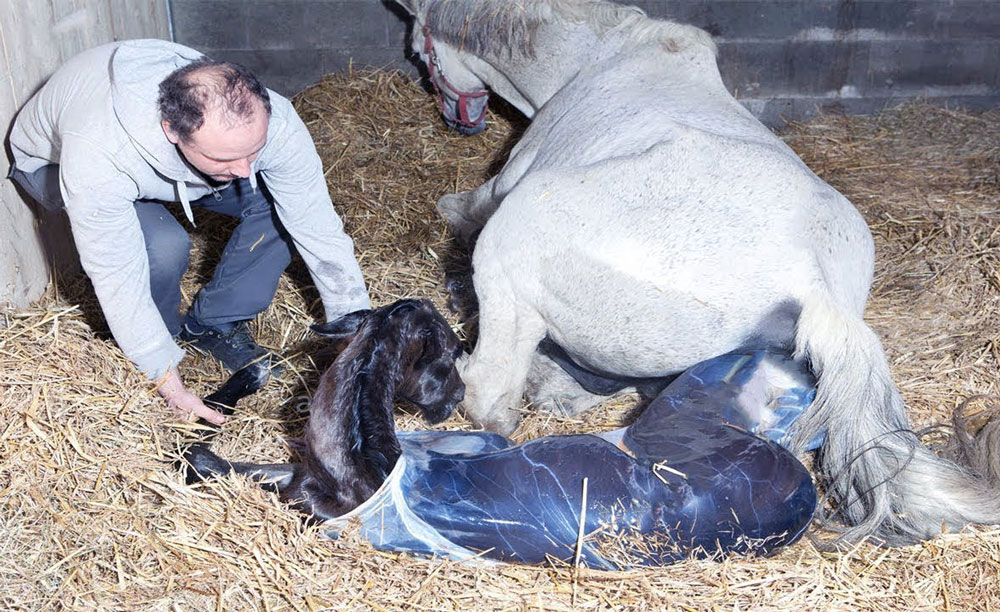
The third phase, lasting 15-180 minutes
The third phase begins as soon as the puppy emerges from the mother’s body. This is when the mare is busy expelling the placenta. This fetal membrane must be categorically expelled within 3 hours of the puppy’s birth. Otherwise, the mother will be considered at risk and a veterinarian must be called urgently.
Usually the expulsion takes place as soon as the bitch is able to stand up or during the first breastfeeding. A correct procedure also includes an analysis of the placenta itself, which is useful to ascertain that no particular pathologies are present and, above all, that it is expelled in its entirety.
Nothing should be left to chance
As a general rule, each stage listed above decreases in duration if the mare is experienced in childbirth. In any case, however, it is always advisable to follow the mare from the beginning to the end of labour. In order to achieve this and eliminate waiting times, sleepless nights and related difficulties, you can count on the support of our Foaling Alarm.
The latter is a device that will allow you to be alerted at the time of labour. This means that you can contact your vet and be ready in time to follow the mare’s delivery step by step, from the first to the last stage. Safeguarding the health of the animals you breed is important and we do our best to offer our customers reliable, safe and state-of-the-art systems. You will find all the relevant information on this site and you can contact us to ask us any questions you may have.



